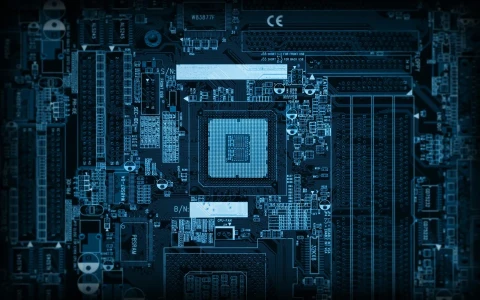Extracting Value From Big Data

Moving forward with distribution automation and intelligent electronic devices
BY JOHN MCDONALD, GE Digital Energy
The ongoing rollout of interval (aka “smart”) meters and the resulting deluge of data have rightly received much attention and triggered the initial impetus for electric utility use of the term big data. Addressing that data stream, however, is relatively straightforward and smart meter rollouts are expected to peak soon as market saturation is reached.
The next wave in grid modernization is likely to be distribution system automation, as intelligence is implemented on the grid beyond generation and transmission. So I’d like to focus attention in this issue’s Live Wire on a major source of overlooked value that will increase going forward: non-operational data generated by intelligent electronic devices, or IEDs. These devices and the valuable data they generate will continue to proliferate on the grid as distribution systems are automated. The operational data generated by IEDs typically is already in full use. Exploiting the non-operational data generated by IEDs, however, also can produce significant value for the utility enterprise and improve the return-on-investment (ROI) for the devices themselves.
IEDs, by definition, contain microprocessors and, thus, can serve as distributed intelligence on the grid as well as returning critical data back to operators and, as we’ll see, the enterprise. They are the means by which distribution systems can be automated. IEDs derive data from sensors and equipment on the distribution network and when conditions merit—when they sense anomalies in voltage, current and frequency, for instance—they issue pre-programmed commands to maintain proper grid conditions. Examples of IEDs include protective relays, load tap changer controls, circuit breaker controls, capacitor bank controls, recloser controls, and voltage regulator controls.
COSTS
IEDs are expensive—about $5,000 apiece—and utilities will deploy them in increasing numbers to achieve situational awareness and real-time control over the distribution system. The operational data these devices generate is routed back to the control center for operators’ benefit in maintaining power quality and the integrity of the grid itself. Over the years, vendors increasingly have differentiated their IEDs by adding functionality that generates non-operational data. The latter is rarely exploited, yet may represent as much as much as 80 percent of the IED’s value to the enterprise.
Given the cost of an IED and the potential value of the resulting non-operational data, distribution automation presents a major opportunity. The exploitation of this data certainly speeds and increases the return-on-investment for IEDs and can provide cost take-outs and efficiencies to a utility’s business. But the process involved in realizing that value also has significant organizational implications, in that such projects can foster cooperation between historically separate operations technology (OT) and information technology (IT) groups and bring down silos between business units. As utilities embark on distribution automation, indeed on grid modernization in general—when traditional utility business models face competition and uncertain futures—these are invaluable side benefits.
The underlying theme here, which should guide grid modernization in general, is that any and all pieces of equipment should yield valuable data, which should be routed to all pertinent stakeholders within the organization. The goal should be holistic enterprise data management. Typically, as anyone familiar with entrenched interests can imagine, an outside party is needed to referee the introduction and management of a holistic approach that integrates OT and IT and helps eliminate business unit silos.









